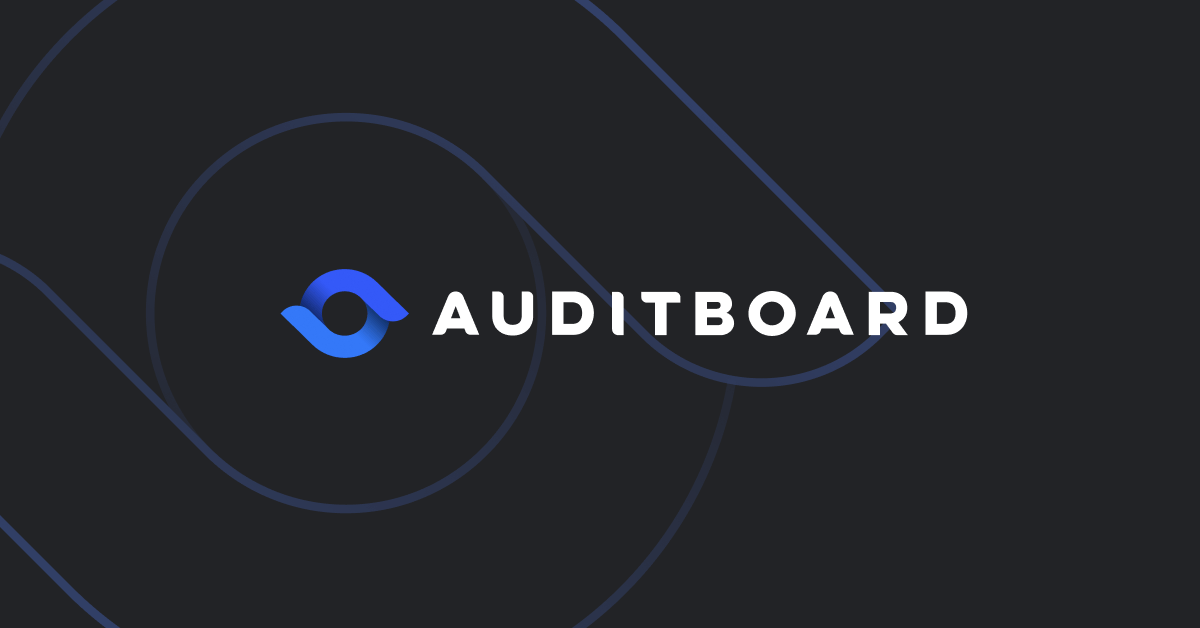SOX Trends for 2023: Budget Pressure, Economic Instability, and More

The Sarbanes-Oxley Act reaches drinking age in 2023, having passed on July 30, 2002. It’s been an interesting few decades, starting with companies struggling to get up to speed and into 2008, with the subprime mortgage and housing crash and added scrutiny applied to auditors and SOX. In 2010, after the advent of the iPad and evolved smartphone technologies, more pressure was put on SOX in the form of new templates, terminology, and requirements. Happily, in 2015 SOXHUB was launched with the simple goal of solving problems for SOX teams while streamlining and simplifying compliance efforts.
Today, SOX teams planning for 2023 should expect to account for marketplace trends regarding economic instability, the impact of today’s shifted workplace, the burden of ongoing compliance, and the technology arms race. As we embark on the new year, let’s explore each of these means in day-to-day SOX operations, and how technology solutions can position your business to effectively maintain compliance despite these complicating factors.
Trend 1: Economic Instability Is Creating Budget Pressure
A volatile economy means uncertainty and company leaders tend to lose their comfort with risk-taking. This can mean more pressure on company budgets, cost cutting, staff reductions, and ongoing hiring freezes. Managers are consistently asked to do more with less. Auditors are challenged with focusing more on internal control processes, while geopolitical crises and economic uncertainty undermine assumptions and methods for data collection. Meanwhile, inflation and ongoing supply chain issues cause extreme variability in costs and are impacting an organization’s ability to forecast and meet demand. In addition, declining stock valuations, rising costs, and falling sales are creating more incentive for earnings manipulation and other fraud schemes.
The dual challenges of increased pressure to reduce cost and increase efficiencies mean that SOX teams must be thoughtful and faultless custodians of their organization’s resources. By increasing efficiency and streamlining SOX programs, resources are freed up for other important initiatives. Technology can help address these challenges by freeing up team resources substantially due to further automating the burdensome manual evidence collection and certification processes. Recurring workstream project capabilities eliminate the need for repetitive manual project administration and allows individuals to focus on the areas of highest risk while being freed from busy work.
Trend 2: Workplace Changes Are Increasing Fraud Risk
For most businesses, hybrid work is here to stay. This changed work environment and the shift to remote work has increased the opportunity to commit fraud or subvert control processes. The result is a requirement of higher levels of scrutiny by management and SOX teams to help ensure an effective internal control environment is maintained. Compounding the situation, talent shortages have been resulting in difficulties attracting and retaining qualified audit and accounting resources, driving up salaries and further stressing already overworked SOX and accounting functions.
The growing incentive and opportunities to commit fraud due to workplace changes require SOX teams to streamline communications and avoid ambiguity with their core group and across the organization. This increased level of communication and well-defined roles and responsibilities help drive control ownership and collaboration, and reduce the risk of human error. Technology tools can provide clear visibility into SOX testing status, so there is no confusion about the status of one’s work, plus software tools that capture process pages to help provide insights and a clear line of sight to issues, risks, and controls at a process level.
Trend 3: The Burden of Ongoing Compliance
Ongoing regulatory changes are increasing the need for transparency, scrutiny, and accountability. The PCAOB‘s mandate to protect investors and further public interest has resulted in an ever-increasing inspection process. In the recent draft of the PCAOB’s five-year plan, they noted plans to modernize their aging audit standards to emphasize quality and better reflect modern practices in financial reporting and auditing technologies. They are expected to ramp up enforcement actions and improve collaboration with other government agencies. The ongoing scrutiny on audit firm independence and objectivity is impacting auditor’s assessment of control owner competence, SOX teams competence, independence, and objectivity. All of this results in a reduction in control testing reliance, more substantive testing, and the potential for increased audit fees.
The burden of ongoing compliance has led to rapid adoption of new requirements and accountability across the organization, helping to ensure a persistent and effective internal control environment. With demand from external auditors and regulators sure to stay at current or higher levels, the latest technology tools will help teams refine survey and certification responses to avoid ambiguity and confusion as well as reduce unnecessary follow-up inquires.
Trend 4: The Technology Arms Race
The use of new technologies by the business and external auditors is resulting in a need to keep pace to provide the same level of scrutiny and depth of analysis. We are seeing a rapid adoption of new processes and technologies by accounting and finance functions, as well as the increased use of technology by external auditors. These technologies are being used to uncover insights and surface potential control deficiencies in areas not previously reviewed in detail due to the inherent limitations of manual testing approaches and/or limited access to data. This increases the need for SOX teams to adapt their skills so they can keep pace with the level of scrutiny from external auditors and better assess risks posed by these emerging technologies.
This technological arms race is driving the need for SOX teams to uncover risk faster and provide greater levels of assurance. There is a need for more real-time auditing with digital assets. We’re seeing external audit firms meet that need by expanding their use of tools to make their audits more efficient, including utilizing advanced technologies to perform audit analytics, automated testing, user access, and segregation of duties analyses. SOX functions need to consider similar solutions. That said, it’s important to implement easy-to-use technology that can help attract and retain skilled talent — bearing in mind that SOX leaders are seeking ways to redefine what team auditing jobs can be through a renewed, proactive focus on risk and the elimination of repetitive, administrative tasks.

SOX Solutions for Your Organization
The issues at hand are numerous, and every aspect of the business is being asked to do more with less in a time of great uncertainty. The good news is that AuditBoard technology offers solutions and thorough tools for SOX preparedness. The software significantly enhances the testing and review experience and reduces manual, time-consuming and error-prone tasks — which in turn frees up teams to focus on higher value efforts. AuditBoard’s SOX compliance solution continues to be a real-time data provider, time-saver, and problem solver for organizations. Reach out today to learn how leveraging these tools can better prepare your business to face the 2023 SOX trends and challenges.


